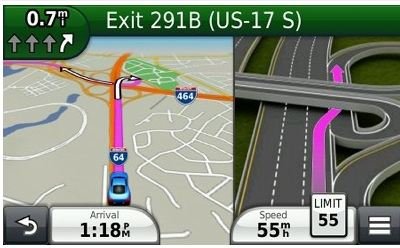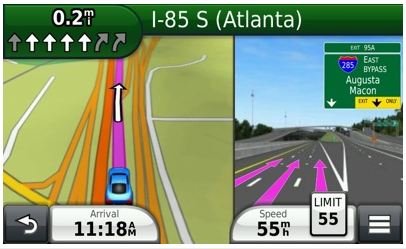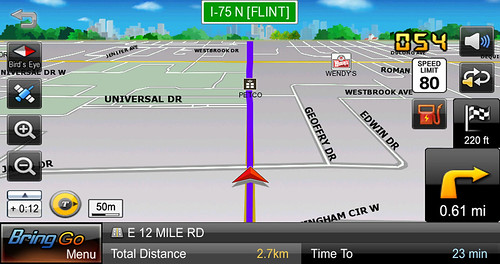NW-Bound
Give me a museum and I'll fill it. (Picasso) Give me a forum ...
- Joined
- Jul 3, 2008
- Messages
- 35,712
Civilian GPS receivers do have some legal limitations put on them: they are limited to altitude less than 60,000 ft, and velocity less than 1000 knots. This is so that they cannot be used in missiles. This is known as the CoCom limits, and is not the same thing as the reduced accuracy inherent in the civilian GPS signal relative to the military signal.
One thing GPS users may not realize is that GPS accuracy is not a static value. It changes with location and time too. That is because the GPS satellites are not geostationary, but circle the earth roughly twice a day.
It is not the same as the poor coverage of your cell phone signal. If you get poor cell phone signal strength in a location, it will remain poor until the carrier puts up another cell tower. In contrast, while standing still in one spot, you can have a bad GPS signal condition, which then clears itself up some time later as some new satellites cross the sky to replace the ones that drop below the horizon. The receiver needs signals from a minimum set of 4 satellites to compute its position. Occasionally it may get as many as 12 satellites. The accuracy of course improves with the number of redundant signals.
One thing GPS users may not realize is that GPS accuracy is not a static value. It changes with location and time too. That is because the GPS satellites are not geostationary, but circle the earth roughly twice a day.
It is not the same as the poor coverage of your cell phone signal. If you get poor cell phone signal strength in a location, it will remain poor until the carrier puts up another cell tower. In contrast, while standing still in one spot, you can have a bad GPS signal condition, which then clears itself up some time later as some new satellites cross the sky to replace the ones that drop below the horizon. The receiver needs signals from a minimum set of 4 satellites to compute its position. Occasionally it may get as many as 12 satellites. The accuracy of course improves with the number of redundant signals.
Last edited:




